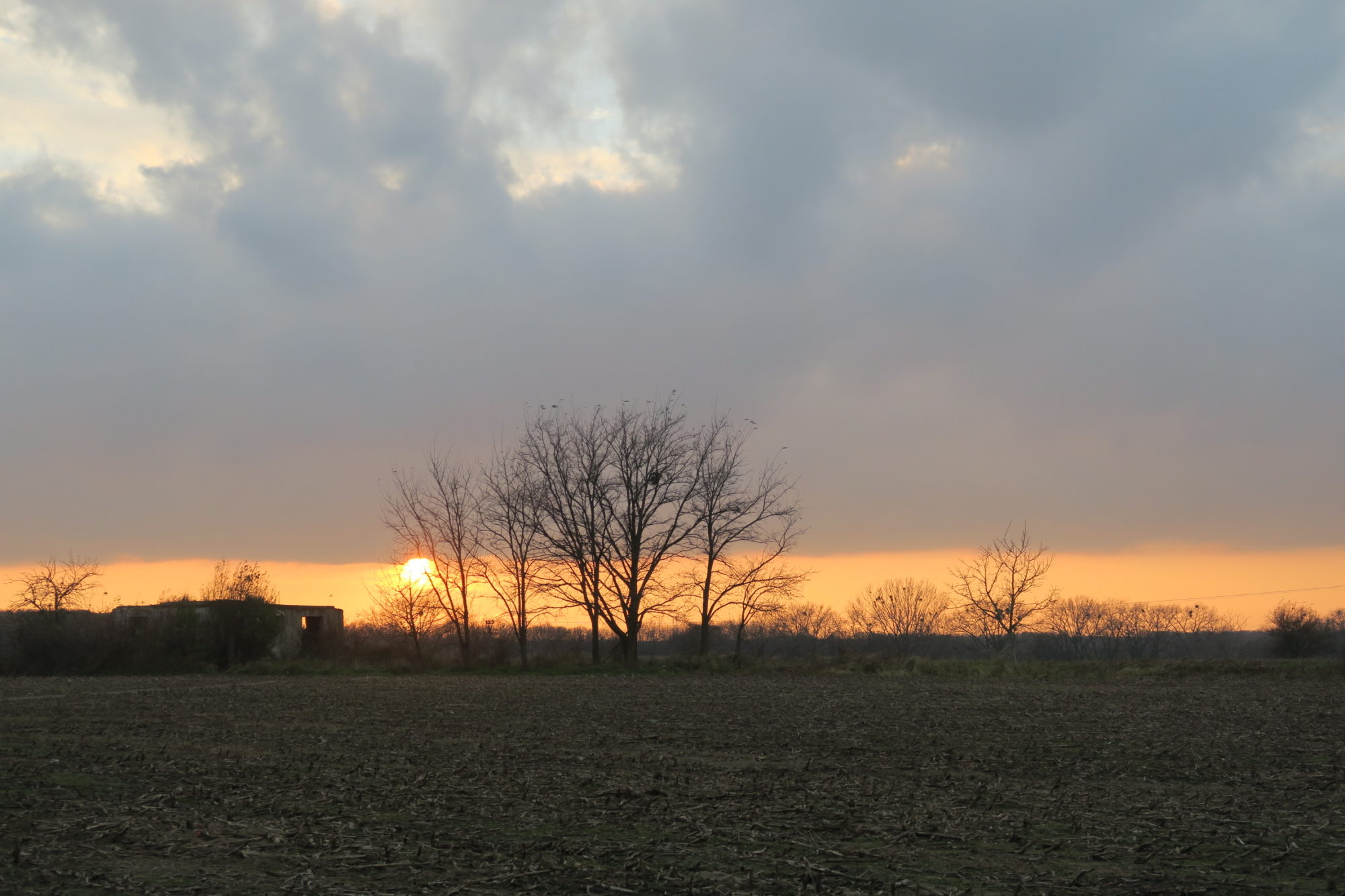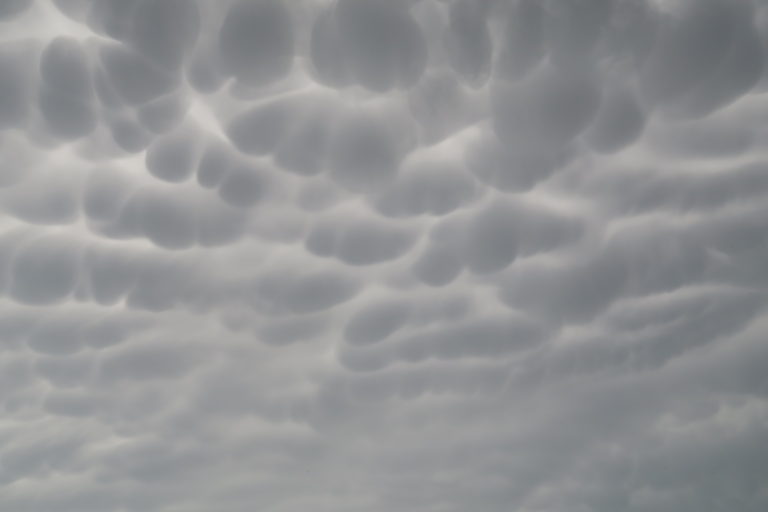
On Thursday, June 24, 2021 there was a tornado in Czech republic, right next to borders with Slovakia, not so far from where we live… That afternoon we saw for us never-seen clouds. Except of that we had no idea what happened until the next morning when we saw news. Of course, B. was interested in what we were talking about, what we were looking at. And the question arose – how to talk to him about the tornado that destroyed villages, killed several people, changed lives of so many people that suddenly did not have anything. How to talk to him so he does not lose security of existence of our home, his parents and other people he loves?
Insertion before a tornado
Earlier this week B. and M. went for a healthy feet class. In front of the building there is a construction site. To B.’s delight we usually see diggers there. But this time there was a really noisy excavator with hammer drill. He panicked, he was frightened. He spent a significant time of the class crying. When they came back he talked to me about that excavator for almost two hours until we put him to bed. At night he had nightmares – crying, sweating, repeating “hammer drill”. The next day the hammer drill became a very important part of his game.
When we visited my home town we stayed in my sister’s apartment where she has a gas cooker. B. was very scared of situations when we cooked something. He started to repeat: “Don’t like gas. Explodes.” Where did he take it from? I do not remember him having any experience with a gas cooker. The only event, where gas and explosion were related, we could think of was a gas explosion in a town of Prešov, Slovakia. It happened when B. was about 1,5 years old and he might overheard us talking about it. Otherwise I do not know where his fear of gas could have come from.
The reason why I mentioned these two events – the hammer drill and the gas fear – is to exemplify how he remembers potentially frightening things and comes back to them sooner or later. That is why I was concerned to talk to him about the tornado that destroyed villages relatively near to us and even much nearer to B.’s grandmother K., grandfather J., aunt L., uncle J. and cousin A. who all live in a town 5 kilometres from villages destroyed by the tornado.
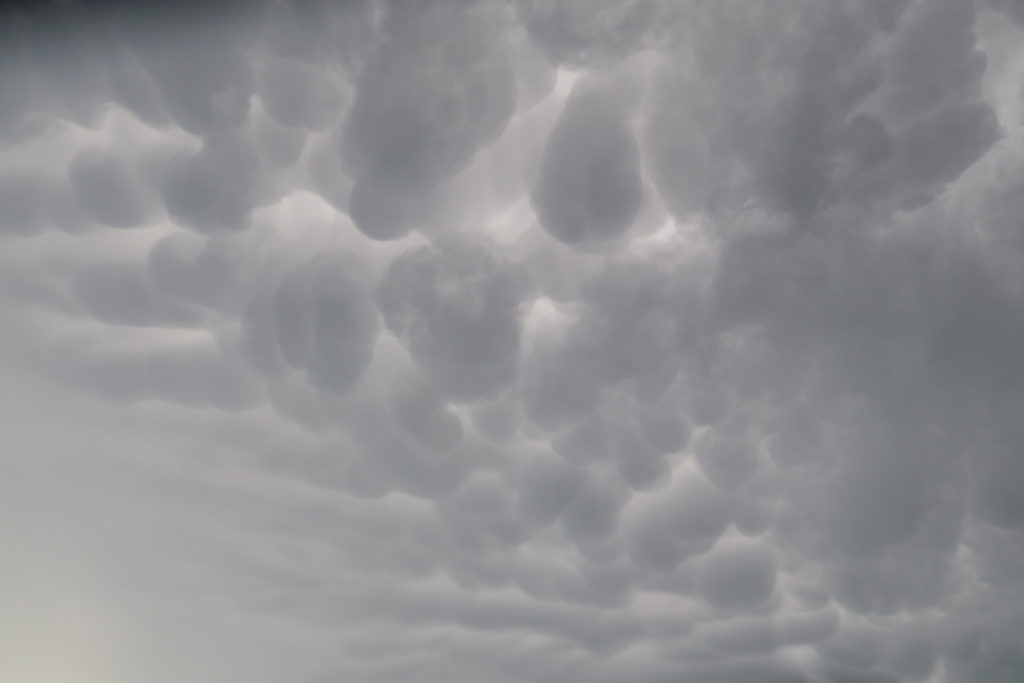
Tornado
On that tornado day M. took B. to the post office to pick up a package. They called me to have a look at clouds. I have seen clouds like those on the internet (I could not remember what weather they were related to) but never with my own eyes. They looked like huge balls hanging from the sky. Mammatus clouds – as I found out the next day. There was no rain, no extreme wind, no thunderstorm. Nothing unusual. We found out the next morning.
While M. was checking the news online, looking through photographs and videos of the destroyed villages, B. passed around and immediately started to ask about it. We explained, showed photographs, videos, read several news highlights and showed him tornadoes in his books. He was talking about “big machines coming” and repairing all the houses, people living in “other houses”. We even tried to explain that it will take so much time, money, work and effort to repair it. We even started on options of humanitarian aid. Also it was quite important for me to reassure him that there is a possibility of bigger safety as we live right next to mountains and I also emphasized that I do not remember any tornado.
We needed to stop this session after about 45 minutes, because it became unbearable to repeat everything over and over. But he kept talking about it, looking through books, describing, showing us. He seemed to be really excited about it. The words “tornado” and “funnel” stayed with us for days. And I am afraid of the next thunderstorm to come, as he had been scared of thunderstorms before also…
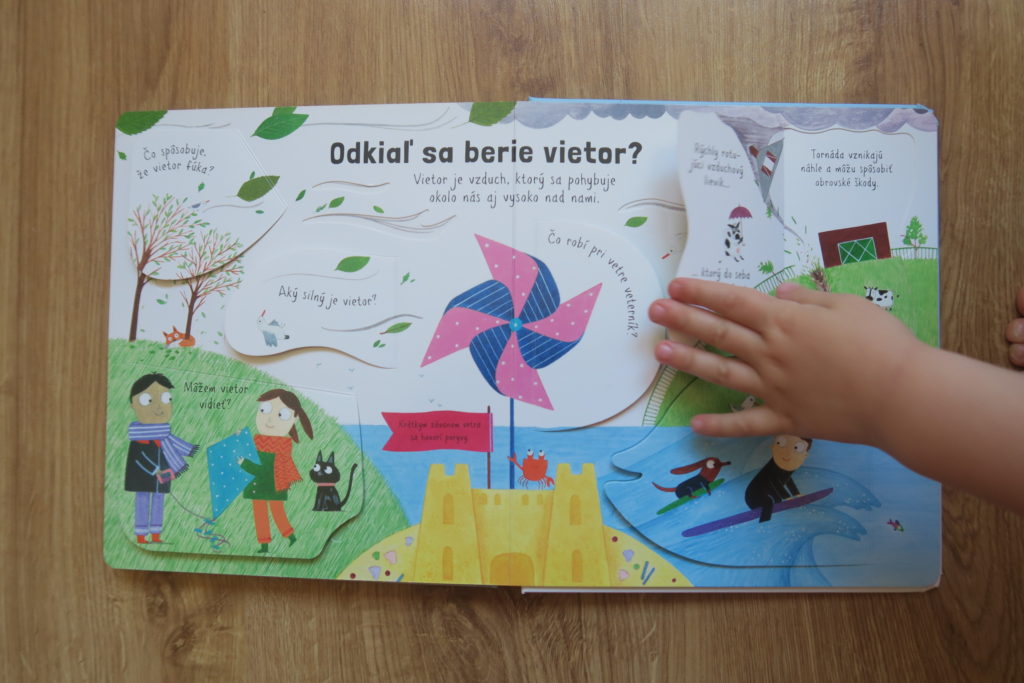

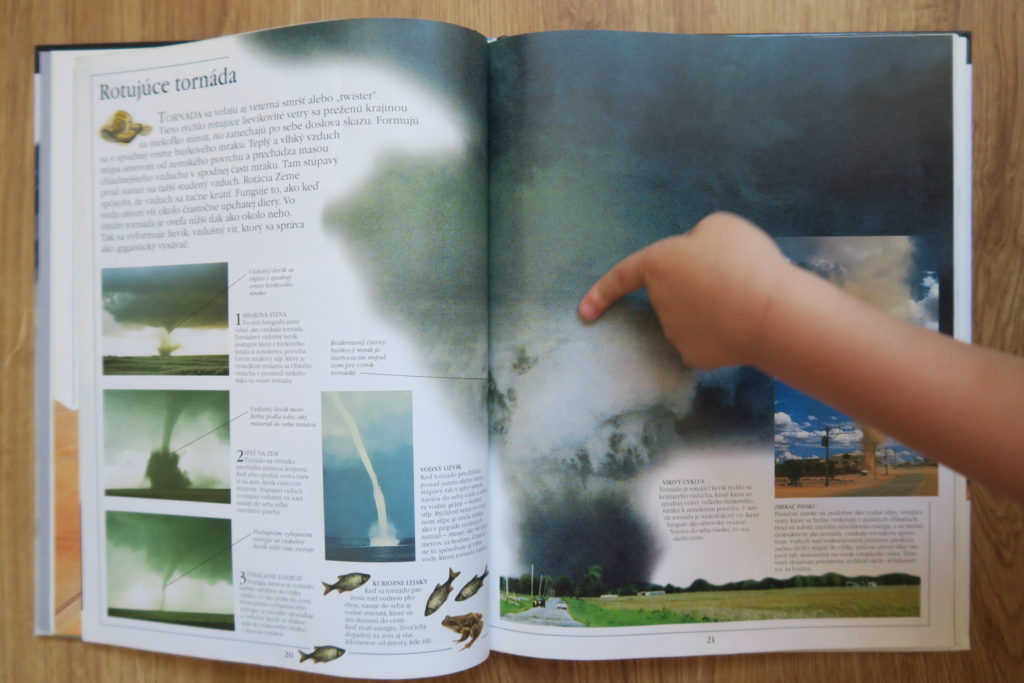
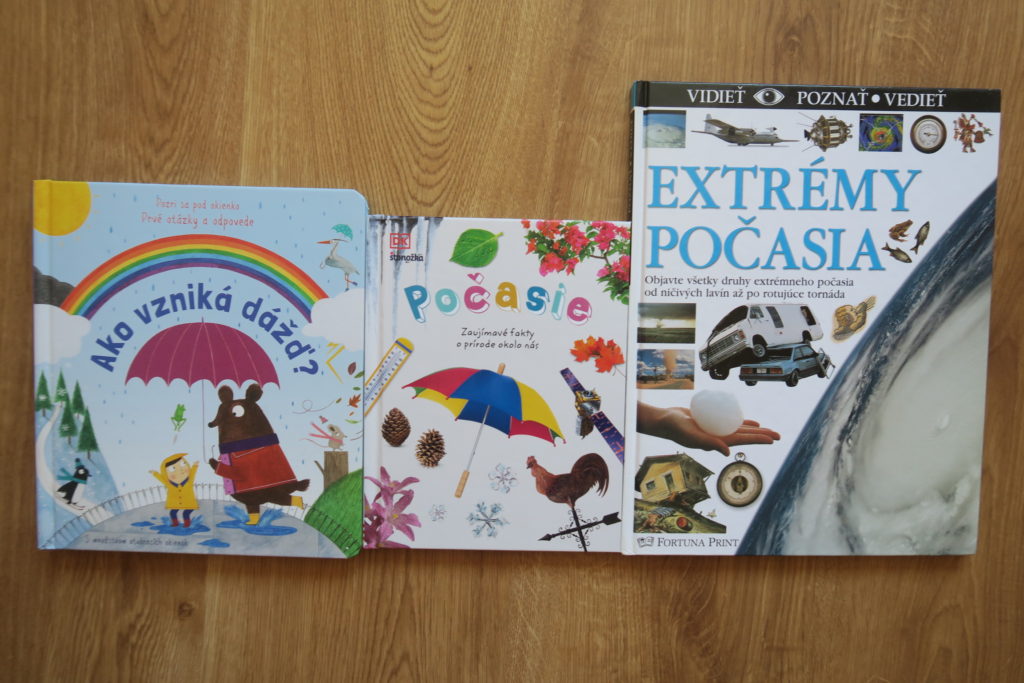
Death talks
We talk to B. about death in general terms – we have two beautiful children’s books by Elisabeth Helland Larsen – Leben mit dir (Living With You) and Ja som Smrť (I am Death). And also… There is a street radio in our town where the town informs inhabitants about important news, events, including announcements about dates and times of funerals of people who passed away. By now B. can recognize the sad introduction music and he says: „Someone died.“ He uses the exact same words I used to when I tried to inform him why the music plays and what the announcement afterwards is about. I do not assume he fully understands what „died“ means but he is on the way there.
Another way we introduce him to death is when we occasionaly eat meat. We explain that the meat we eat comes from an animal that used to be alive and it was a chicken or a duck running around or a fish swimming around. When we see a dead animal outside, we show him, explain that now it is food for other animals or bugs. We also have a beautiful food chain activity by Lipka.
Death is a part of life and it is how our family tries to approach it. It may make us feel sad, desperate, angry, hopeless or even happy, joyful… It depends. Even I used to be closer to death. I never know when information B. is provided with will affect his and our life, the same as I never know what infromation from my past will affect mine and ours.
